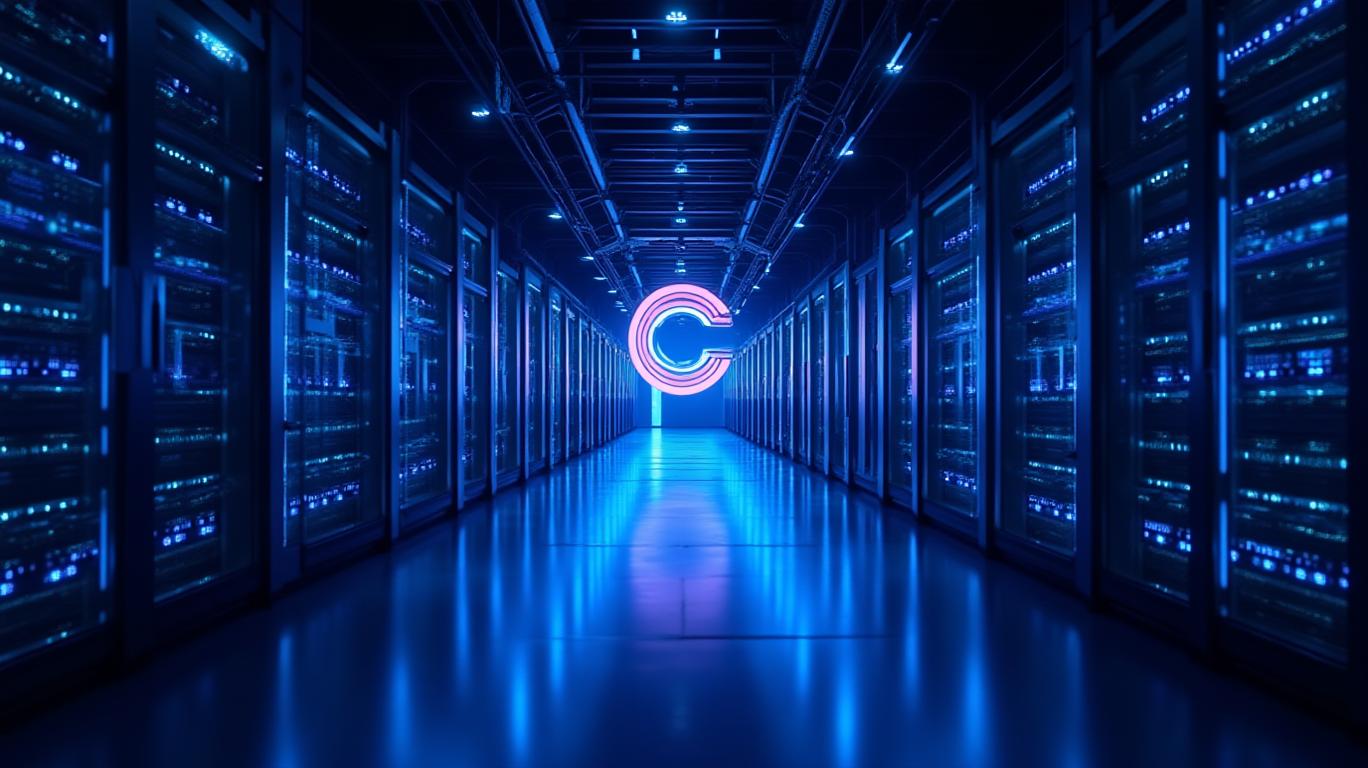CoreWeave, Inc. (CRWV): Riding the AI Data Center Surge or Overhyped Bubble?

CoreWeave, Inc. (NASDAQ: CRWV) has become the poster child of the AI infrastructure boom, its stock soaring 400% in 2024 alone amid a surge in demand for high-performance computing. Yet, the question lingers: Is CRWV a visionary play on the future of AI, or a classic case of overvaluation fueled by hype? Let's dissect the catalysts, risks, and scalability challenges to determine whether this stock is a buy or a bubble.
The Catalysts Driving CRWV's Meteoric Rise
CoreWeave's Q1 2025 results are staggering: $981.6 million in revenue, up 420% year-over-year, fueled by a $25.9 billion revenue backlog. The crown jewel is its $11.2 billion deal with OpenAI, which alone accounts for nearly half the backlog. This partnership, combined with new wins like IBM's Granite model compute contracts and a $4 billion deal with an unnamed hyperscaler (likely Google or Amazon), has diversified its customer base.
The company's technical prowess is undeniable. It holds the MLPerf Inference v5.0 benchmark record using NVIDIA's GB200 chips and secured a Platinum rating from SemiAnalysis, signaling leadership in AI cloud performance. Meanwhile, its IPO raised $1.4 billion, fueling infrastructure expansion—420 MW of active power added in Q1 2025 alone. These achievements justify investor optimism, as CRWV's infrastructure is purpose-built for the AI era.
The Risks: Dependency, Debt, and Diverging Metrics
Despite the growth, red flags abound. While CoreWeave's reliance on Microsoft dropped below 50% in Q1 2025 (down from 62% in 2024), it still depends on four hyperscalers for the bulk of its business. Losing any of these could destabilize cash flows.
The financials are another concern. While Adjusted EBITDA hit $606.1 million (62% margin), GAAP metrics are grim: a $314.6 million net loss and $263.8 million in interest expenses (up 549% YoY). High debt levels ($17.2 billion in total debt and equity) and a low float/high short interest ratio (25% shorted) suggest the stock is vulnerable to volatility.
Even bullish analysts are cautious. Citi recently reaffirmed a Neutral rating on CRWV despite doubling its price target to $250, citing valuation concerns. Meanwhile, the stock's $400 million daily trading volume is minuscule relative to peers like NVIDIA (NVDA), raising liquidity risks.
Can CRWV Scale Without Overextending?
Comparing
to peers like NVIDIA and Microsoft reveals both opportunities and limitations.- NVIDIA (NVDA): Dominates AI hardware with GPUs like the H100 and B200, but its revenue growth (2024: +39%) pales against CRWV's 420%. However, NVIDIA's 25% net margin dwarfs CoreWeave's negative GAAP margins.
- Microsoft (MSFT): Leverages its cloud dominance (Azure's $90 billion backlog) but lacks CRWV's AI-specific infrastructure focus.
CRWV's edge is its AI-first infrastructure, but scaling without compromising profitability is the key test. Its $25.9 billion backlog provides visibility, yet executing contracts while managing debt and operational costs will determine survival. The company's $1.28 billion in cash offers a cushion, but interest expenses are a ticking time bomb.
Verdict: Buy the Story, but Beware the Math
CoreWeave's valuation hinges on two assumptions: unstoppable AI demand and operating leverage turning losses into profits. The backlog and technical achievements make it a high-risk, high-reward bet, but the risks are substantial:
- Upside: If CRWV's Adjusted EBITDA margin (62%) stabilizes while diversifying customers further, it could justify its current valuation.
- Downside: A macroeconomic slowdown, hyperscaler defection, or debt default could trigger a collapse.
Final Stance: While CRWV's AI infrastructure story is compelling, the stock's valuation is already pricing in perfection. Investors should wait for a pullback or hold only a small position in a diversified portfolio. The AI boom is real, but so are the risks of overpaying for a company that's still burning cash.
For now, CRWV is not a buy for conservative investors, but a speculative play for those willing to bet on AI's future. The data says growth is real—but so are the landmines.

Comments
No comments yet